Industry information
Company News
- Aluminum veneer customization: the art of creating personalized spaces
- Aluminum veneer curtain wall: the perfect integration of architectural aesthetics and technology
- Aluminum veneer curtain wall: the beauty of architecture, the refinement of details
- Aluminum veneer customization, creating a new proposition for personalized space
- Aluminum veneer is not just about walls!
Industry dynamics
- Exquisite craftsmanship of hyperbolic carved aluminum veneer
- Industry development trend prediction of 3mm aluminum veneer
- Aluminum Curtain Wall: The Gorgeous Coat of Modern Architecture
- Aluminum veneer curtain wall, a new chapter in the beauty of architecture
- Aluminum veneer customization, creating personalized spatial aesthetics
Frequently asked questions
- Can the insulation function of aluminum veneer save energy?
- What is the color stability of aluminum veneer?
- How does the customizability of aluminum veneer affect the appearance of buildings?
- What impact does the surface treatment method of aluminum veneer have on its price?
- Can aluminum veneer be applied to the exterior renovation of historical buildings?
contact us
Mobile:+86 15627778610
Email: 2201229786
Address: No. 5 Binjiang Road, High tech Zone, Zhaoqing City, Guangdong Province
How to test the sun protection performance of perforated aluminum veneer?
- Author: Xinlongtai Aluminum Industry (Guangdong) Co., Ltd
- Release time: 2022-03-15 22:29:51
- Click:0

punchingAluminum veneerAs a material widely used in fields such as architectural decoration, billboards, curtain walls, etc., its sun protection performance is also an important aspect. The sun protection performance can affect the service life and aesthetics of perforated aluminum veneer. The following will introduce how to test the sun protection performance of perforated aluminum veneer from the following aspects.
1. Determine the testing method
Firstly, it is necessary to determine the sun protection performance testing method for punched aluminum veneer according to the actual situation. The commonly used testing methods currently include ultraviolet radiation testing, weather resistance testing, etc. In practical operation, it is necessary to select appropriate testing methods for evaluation based on different application scenarios and requirements.
1. Prepare testing equipment
Before conducting sun protection performance tests, it is necessary to prepare the corresponding testing equipment. Common testing equipment includes ultraviolet lamps, weather resistance test chambers, etc. When preparing testing equipment, attention should be paid to factors such as equipment specifications, models, and stability to ensure the accuracy and reliability of its test results.
1. Conduct testing experiments
When conducting sun protection performance testing, it is necessary to operate according to the preset testing parameters and conditions. Specifically, testing can be conducted in the following ways:
(1) Conduct ultraviolet radiation testing on punched aluminum veneer using a UV lamp to observe whether there is fading, cracking, or other phenomena;
(2) Place the punched aluminum veneer in a weather resistance test chamber for weather resistance testing, and observe whether oxidation, corrosion, and other phenomena occur;
(3) Set other relevant testing parameters and conditions according to the actual situation.
How to improve the sun protection performance of punched aluminum veneer?
To improve the sun protection performance of perforated aluminum veneer, the following measures can be taken:
(1) Choose materials and coatings with good sun protection performance;
(2) Strengthen surface treatment processes to improve their compressive, tensile, and impact resistance properties;
(3) Adopt shading measures, such as setting up sunshades, installing sunshade nets, etc;
(4) Regularly inspect and maintain the surface condition and structural integrity of punched aluminum veneer, and promptly address any potential problems and malfunctions.

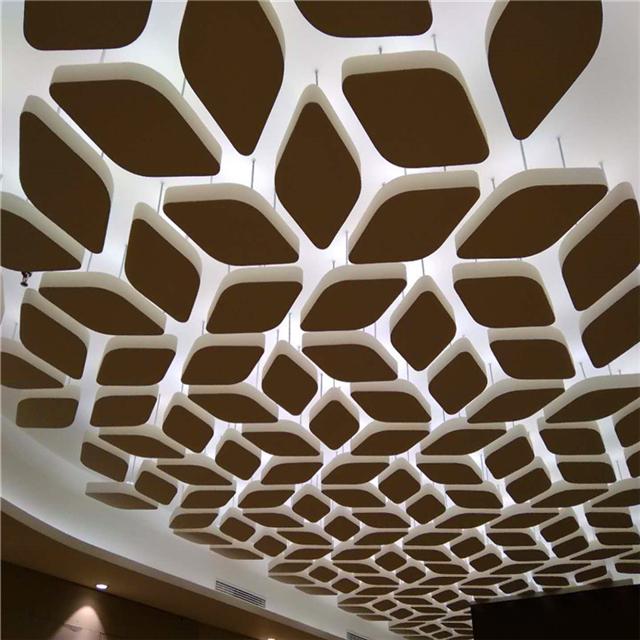
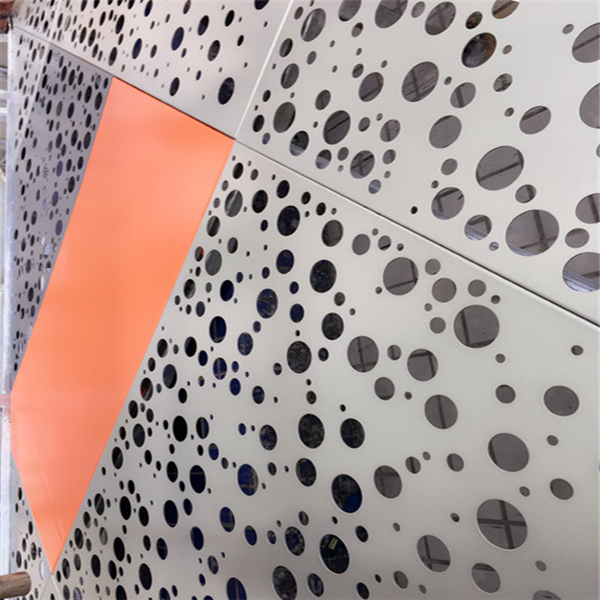
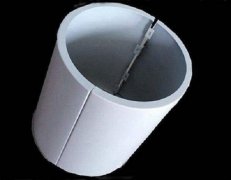
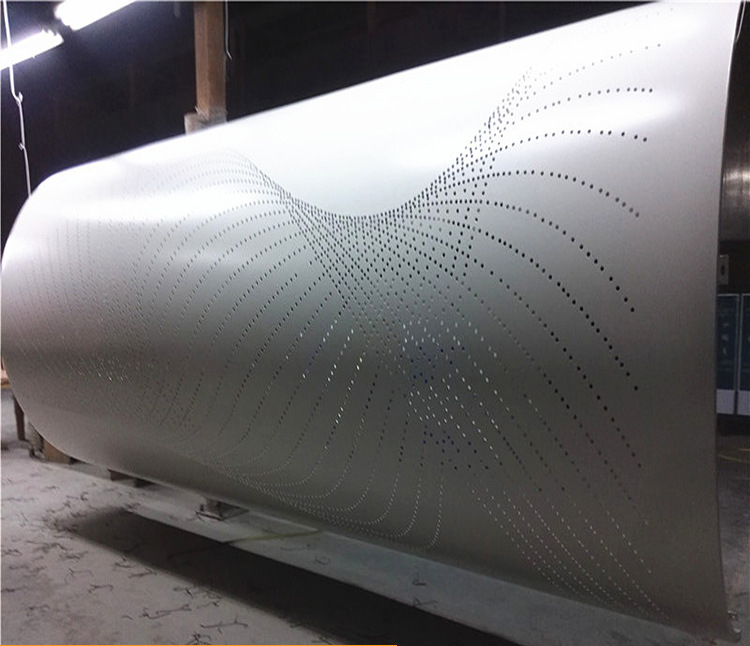
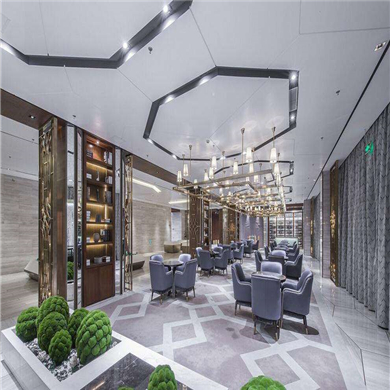
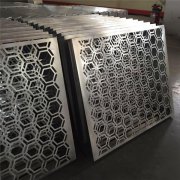
 Customer service QQ
Customer service QQ